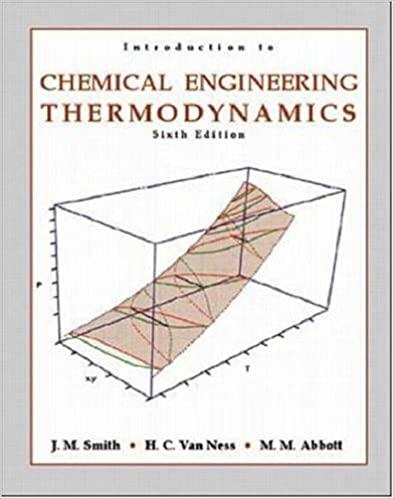Question
1. The Project Background Rand Water is planning to build a new water plant which will be a source of drinking water supply to the
1. The Project Background
Rand Water is planning to build a new water plant which will be a source of drinking water supply to the City of Tshwane. As a fluid process engineer, you and your team are required to design a water supply system for any local residential area of Tshwane municipality. The teams goal is to size and select a suitable centrifugal pump that will be suitable to efficiently sustain the delivery of water from the reservoir situated at the Tshwane water treatment plant to any of the city of Tshwane ccommunities.
1.1. Project Objectives
sustain the delivery of water from the reservoir situated at the Tshwane water treatment plant to any of the city of Tshwane communities. The layout of the planned facility is shown in Figure 1.
The Fluid process engineers aim to achieve the following objectives:
GENERAL
This design project is intended to provide the students with the knowledge and skills of making use of Process Fluid Flow principles to design, size, and select a suitable centrifugal pump that will be suitable to efficiently sustain the delivery of water from the reservoir situated at the Tshwane water treatment plant to any of the city of Tshwane communities.
TASK
1. Specify the size and location of all storage tanks.
2. Select tank material and specify the wall thickness of the holding tanks.
3. For the piping system, specify the material type and sizes of all pipes, and the lengths required
4. Specify the desired flow rate to be delivered. (Please also remember that for a pumped system, the pipe size is chosen with the critical velocity criteria and the desired flow rate).
5. Specify the number, types, material, and size of all valves, elbows, and fittings.
6. Develop the hydraulic analysis of all parts of the system; this includes energy losses due to friction and minor losses.
7. How many pumps do you need? What are the requirements (this is, you have to provide pump head and flow rate) of each pump?
8. Specify the characteristics of the chosen pumps, point of operation, and actual pump. print out the pages in the catalog where you got the information
9. Evaluate the NPSH available for your design, and demonstrate that your pump has an acceptable NPSH required.
10. Use the supplied Excel algorithm to compute your data. Use the findings obtained to make an informed decision.
11. Submit the results of your design in a neat and complete report, including a narrative description of the system, plant operation narrative, the sketches, a list of materials, and the analysis to show that your design meets the specifications. Include a discussion on why your design is cost-effective.
Step by Step Solution
There are 3 Steps involved in it
Step: 1

Get Instant Access to Expert-Tailored Solutions
See step-by-step solutions with expert insights and AI powered tools for academic success
Step: 2

Step: 3

Ace Your Homework with AI
Get the answers you need in no time with our AI-driven, step-by-step assistance
Get Started


